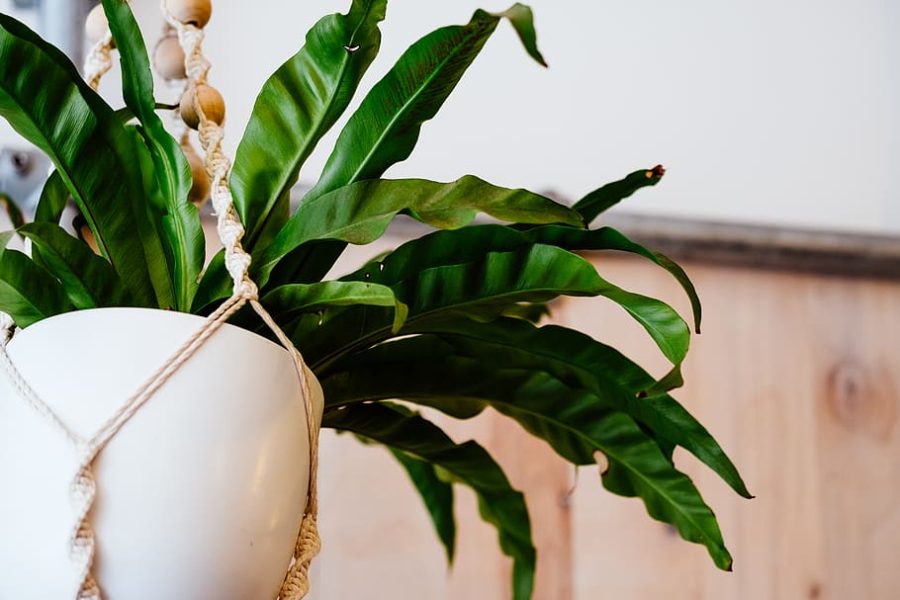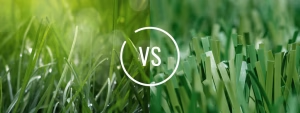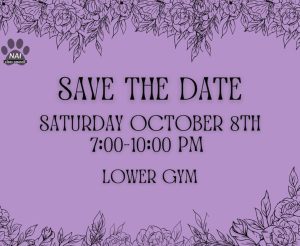Plant Mythbusting – Part 2
May 26, 2022
Surprise! There are more plant myths to debunk. Here are some more tips that may help your plant journey.
Myth: Yellow leaves on your plant always means that it is dying.
While yellowing leaves can be a sign of a stressed plant, they aren’t always because you’ve done something wrong. As the plant gets older and it primarily uses the newer leaves over the smaller and older ones, it will shed its older leaves. The plant may not need them anymore and what looks like a bad sign, is actually just your plant doing some housekeeping. However, still keep an eye out for signs of stress in your plant!
Myth: You should mist your plants.
Because the majority of the plants we keep indoors come from habitats that have much higher humidity than our homes, it seems reasonable to mist them to raise the humidity. However, misting can actually have negative results. When you mist, the water is only there for a few minutes before dissipating. That means the humidity is only boosted for a few minutes before returning to the room’s regular humidity level. It also makes the soil and leaves damp, which inhibits mold and fungus gnats. Use a pebble tray or a humidifier to increase the humidity level around a plant.
Myth: adding rocks to the bottom of your pot will increase drainage.
Some plant parents swear by putting rocks at the bottom of a pot. It seems like a good idea to put easily draining material at the bottom of the pot. However, if you water the plant and the excess water drains to the bottom where the rocks are, the water will stand there and not completely drain. This increases the risk of root rot because the roots will just be sitting in water.
Myth: you should water your plant on a strict schedule.
It may work for a little bit, but as your plant grows and seasons change, you should be listening to the plant’s needs and not just following a time schedule. Many people water their plants by time schedule, but in order to properly meet the plant’s needs, you should water the plant based on soil moisture levels. A quick google will tell you the ideal moisture levels of your plant.
Some plants like the first inch to dry out, while others like the soil to be completely dry before watering again. I usually poke a pencil or my finger in the soil to check the moisture levels. If the pencil comes out dry (depending on the plant) I will water it.
Especially with changing seasons, you should pay attention to your plant’s soil moisture levels, in the summer your plant will dry out faster and therefore will need to be watered more frequently, and vice versa in the winter. Additionally, if you repot your plant to a bigger pot, there is more soil to hold the water, so the soil will stay damp for a longer time.
Myth: When repotting a plant, you should use a much larger pot.
If your plant is root-bound and it looks like it needs a bigger pot, then you should repot it. The problem comes when you repot a plant into a considerably larger pot than its original. This creates an imbalance in the roots to soil ratio. The larger amount of soil will retain more moisture and may cause root rot or overwatering in the plant. If you want to repot your plant, use a pot that is only 1-2 inches bigger than the original pot.












